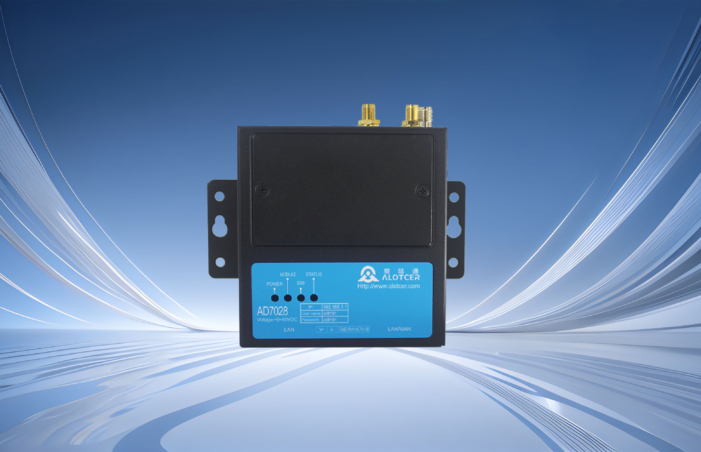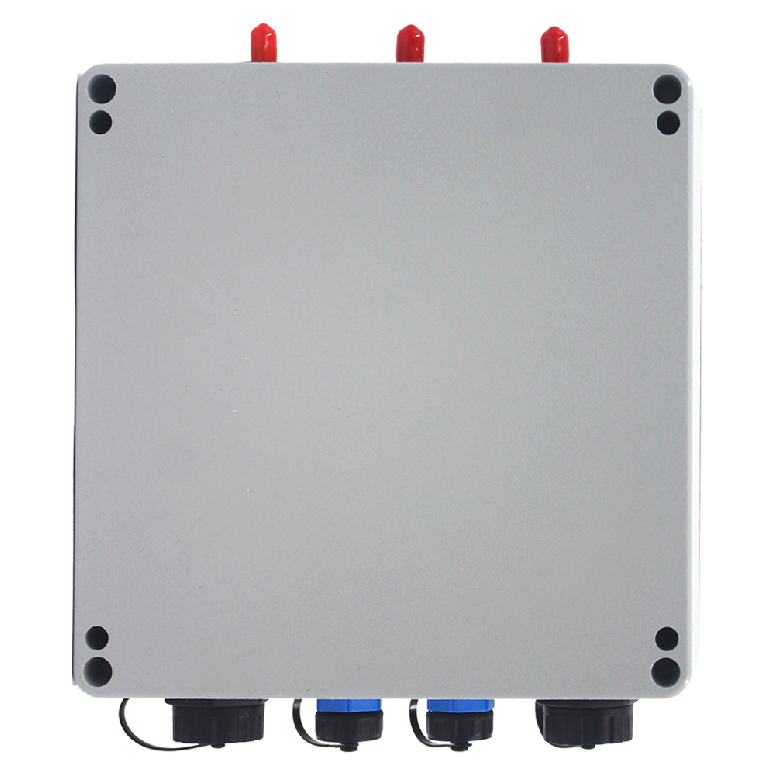In the tide of rapidly evolving communication technologies, 5G, as the fifth – generation mobile communication technology, is reshaping numerous industries with its unique advantages, among which smart transportation is a highly – focused – on field. 5G is not just a simple speed – up technology but a new – generation broadband mobile communication technology characterized by high speed, low latency, and massive connectivity. It has built a solid network infrastructure for the interconnection of traffic elements such as “vehicles, roads, people, and environment” in smart transportation.
5G Networks
Compared with previous mobile communication networks, 5G networks have made a qualitative leap. With a flexible deployment architecture, 5G can provide bandwidth of over 10Gbps, which means a significant increase in data transmission speed. Whether it is high – definition videos or large – scale data files, they can be transmitted in an instant. The millisecond – level latency makes real – time interactive applications possible. In traffic scenarios, the information transmission between vehicles and between vehicles and infrastructure can almost be done instantaneously, greatly improving the safety and efficiency of the traffic system. Meanwhile, 5G networks also have the ultra – high – density connection performance of 1 million/km², which can meet the needs of a large number of devices connecting to the network at the same time in smart transportation. Whether it is roadside sensors, vehicles in motion, or smart devices carried by pedestrians, they can all be stably connected to the network.
5G – Empowered Smart Transportation
The empowerment of 5G networks in the field of smart transportation mainly relies on three key technologies. The first is high – performance wireless access technology, which is the key foundation of 5G network capabilities. Based on the flexible configuration of the air interface and the application of large – scale antennas, this technology has realized the implementation of ITU eMBB (enhanced mobile broadband) and ITU uRLLC (ultra – reliable low – latency communication) scenarios in the field of transportation. For example, in the Internet of Vehicles, vehicles can obtain real – time road conditions and traffic signals through high – speed and stable wireless connections to achieve intelligent driving.
Network slicing technology provides customized communication guarantees for different services. In smart transportation, different application scenarios have different requirements for network performance. Network slicing can divide the physical network into several virtual networks according to business needs. Each virtual network has independent resource allocation and management policies, thus ensuring the communication performance of various services and ensuring the stable operation of the traffic system.
Multi – access edge computing enables an edge perception and computing system. By deploying computing resources close to the data source, multi – access edge computing can reduce the latency and bandwidth consumption of data transmission and achieve real – time processing and analysis of traffic data. With the 5G network as a bridge, it organically combines perception devices, computing resources, and applications to build an efficient perception – computing system, providing timely and accurate data support for smart transportation decision – making.
Smart Transportation
Smart transportation is a new type of transportation model that integrates new technologies such as the Internet of Things, cloud computing, big data, and mobile Internet based on intelligent transportation. It collects various types of traffic information and uses data processing technologies such as data modeling and data mining to achieve the system – wide, real – time, interactive information exchange, and extensive services of the traffic system. For example, through the Internet of Things technology, traffic facilities and vehicles can collect and transmit data in real – time. Cloud computing and big data technologies can store, analyze, and mine massive amounts of data to provide scientific basis for traffic management and decision – making. Mobile Internet technology allows users to obtain traffic information anytime and anywhere through mobile terminals and enjoy convenient transportation services.
5G Smart Transportation Solution in Driving Tests
The 5G smart transportation solution plays an important role in the field of driving tests. The solution uses 5G industrial routers to transmit real – time vehicle video data, vehicle positioning information, and vehicle operation information back to the examination management center. The examination management center is equipped with examination announcement screens, surveillance TVs, vehicle – monitoring systems, and examination management workstations. Candidates can watch the examination process of the previous candidates through the surveillance TVs to understand the examination procedures and requirements. They can also check the examination results and entry order through the announcement screens to arrange their own examination time reasonably. Examiners can remotely monitor every aspect of the candidates’ examination through the vehicle – monitoring systems and the examination management workstations to ensure the fairness and justice of the examination.
Advantages of the 5G Smart Transportation Solution
The 5G smart transportation solution has many significant advantages. The real – time monitoring function enables the visualization of real – time monitoring data within the driving school. Examiners and managers can keep track of the examination room situation at any time and deal with abnormal events in a timely manner. The trajectory playback function supports the historical trajectory playback of the driving test vehicles, providing a reliable basis for the evaluation of the examination process and ensuring the accuracy and fairness of the evaluation results. The analysis and statistics function can provide multi – dimensional statistics of the examination situation and the most comprehensive and effective statistical analysis reports, truly reflecting the examination results and providing strong support for the teaching management and improvement of the driving school.
























